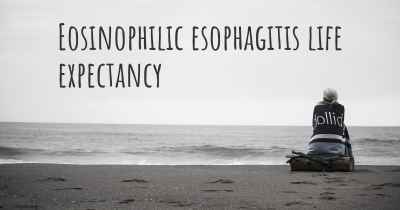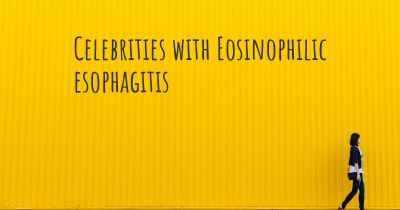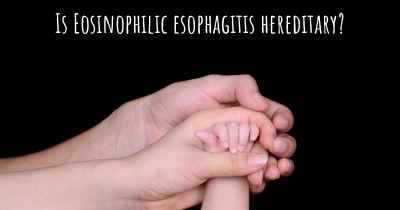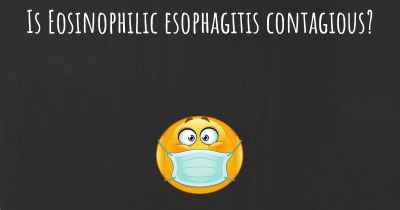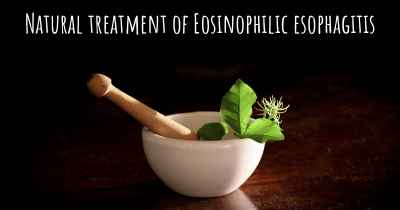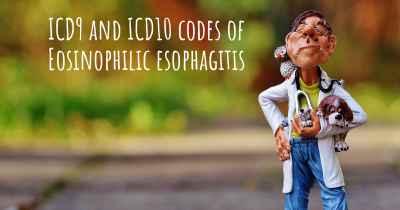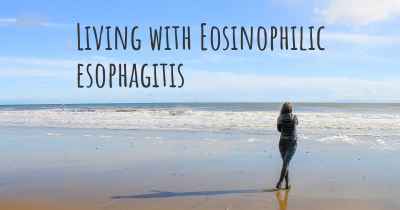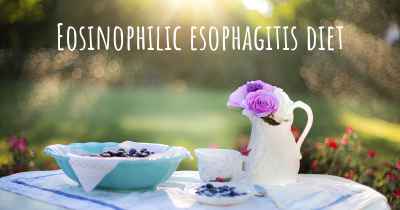What are the best treatments for Eosinophilic esophagitis?
See the best treatments for Eosinophilic esophagitis here
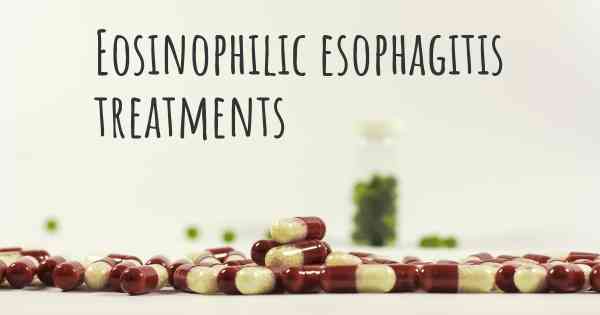
Treatments for Eosinophilic Esophagitis
Eosinophilic esophagitis (EoE) is a chronic immune-mediated disorder characterized by inflammation of the esophagus. It is often triggered by an allergic reaction to certain foods or environmental allergens. EoE can cause symptoms such as difficulty swallowing, chest pain, heartburn, and food impaction. If left untreated, it can lead to complications such as esophageal strictures and narrowing.
Managing EoE involves a multidisciplinary approach that includes dietary modifications, medication, and lifestyle changes. The goal of treatment is to reduce inflammation, alleviate symptoms, and prevent complications. The best treatment options for EoE are:
Dietary Modifications
1. Elimination Diet: The most effective treatment for EoE is an elimination diet, which involves removing specific foods that trigger the allergic response. This can be determined through allergy testing or by conducting a food trial under the guidance of a healthcare professional. Common trigger foods include dairy, wheat, soy, eggs, and nuts. The elimination diet should be followed strictly for a period of time, and then foods can be reintroduced one at a time to identify the triggers.
2. Elemental Diet: In cases where multiple food triggers are identified or the elimination diet is not feasible, an elemental diet may be recommended. This involves consuming a hypoallergenic formula that provides all necessary nutrients. The formula is typically in liquid form and is the sole source of nutrition for a specific period of time, usually 6-8 weeks. The elemental diet helps to reduce inflammation and allows the esophagus to heal.
Medication
1. Proton Pump Inhibitors (PPIs): PPIs are commonly prescribed to reduce stomach acid production and alleviate symptoms of acid reflux. While they may not directly treat EoE, they can help manage associated symptoms such as heartburn. PPIs are often used in combination with other treatments.
2. Topical Steroids: Inhaled corticosteroids, such as fluticasone or budesonide, can be used as a topical treatment for EoE. These medications are swallowed rather than inhaled and help reduce inflammation in the esophagus. They are typically administered using a specialized inhaler or a nebulizer. Topical steroids are considered the mainstay of medical therapy for EoE.
3. Systemic Steroids: In severe cases of EoE that do not respond to other treatments, systemic corticosteroids may be prescribed. These medications are taken orally or through injection and have potent anti-inflammatory effects. However, long-term use of systemic steroids is generally avoided due to their potential side effects.
Lifestyle Changes
1. Swallowing Techniques: Learning proper swallowing techniques can help reduce the risk of food impaction and improve symptoms. Techniques such as chewing food thoroughly, taking smaller bites, and drinking plenty of fluids while eating can make swallowing easier.
2. Allergen Avoidance: Identifying and avoiding environmental allergens that may trigger EoE can help prevent flare-ups. Common allergens include pollen, dust mites, pet dander, and mold. Taking steps to reduce exposure to these allergens, such as using air purifiers and keeping the home clean, can be beneficial.
3. Regular Follow-up: Regular follow-up with a healthcare professional is essential to monitor the progress of treatment and make any necessary adjustments. This may involve repeat endoscopies, allergy testing, or dietary modifications based on individual response.
Eosinophilic esophagitis is a chronic condition that requires long-term management. The best treatment approach may vary depending on the individual's specific triggers, symptoms, and response to therapy. It is important to work closely with a healthcare team, including gastroenterologists, allergists, and dietitians, to develop a personalized treatment plan.
Posted Sep 29, 2020 by EOS Network (Eosinophilic Diseases Charity)
Slurry
Elimination Diet
Posted Sep 13, 2017 by Scholeigh 1700
For others it may be enough to go on medicines. The main treatment for eosinophilic esophagitis is Steroids. Topical steroids that you can swallow from either an inhaler or as a liquid. Another common medicine to take are PPIs, short for proton pump inhibitors. These medicines are acid suppressors that can help you with decreasing inflammation and reflux symptoms.
There exist many types of the PPIs drugs. Some of them are called Lansoprazole, Rabeprazole and Pantoprazole. The ones that I take are called esomeprazole and budesonide. Esomeprazole is a pill that you can swallow, but for people with EoE it is hard to swallow pills, because they’re solid, but lucky for us this pill is possible to open. Inside there is just a lot of tiny lumps that are much easier to swallow.
Posted Nov 26, 2020 by Johanna 270
Posted Feb 28, 2017 by Luis 1665
